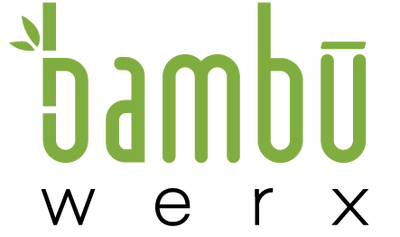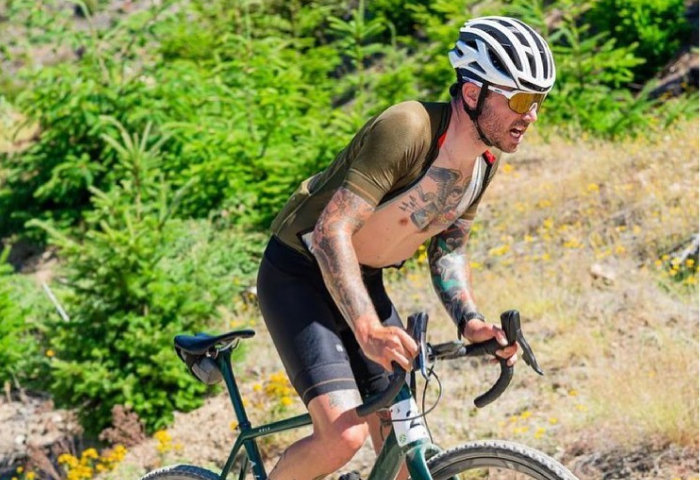Getting Faster Off the Bike!
Today's #TheWerk post is brought to you by Jason Lentzke (@jlentzke). A former pro triathlete from Milwaukee, WI, Jason now lives in Phoenix, AZ where he has built Toro Performance, a thriving endurance sports coaching practice. Understanding that athletes' time is their most precious commodity, he centers his coaching practice on helping clients integrate training into their already busy lives.
----------------
Want to Run Faster Off the Bike? Train Like a Triathlete
If you want to improve your run off the bike, the key isn’t simply logging more miles—it’s training for the demands of triathlon as a single, integrated sport. The biggest limiter to triathlon run performance isn’t a lack of speed, but a lack of durability. True multi-sport resilience is built through strategic training, not excessive run mileage.
Durability isn’t developed overnight; it’s forged over weeks, months, and years of consistent, disciplined training. It may not sound exciting, but it’s the foundation of success. In triathlon, swim fitness contributes to bike fitness, and bike fitness supports run fitness—all three disciplines are interconnected.

No matter the race distance, the metabolic toll of the swim often remains hidden until the moment you leave T2 and start running. As events get longer, any lack of durability across all three sports will become apparent. You can’t execute a strong bike leg if the swim has already drained you, and trying to run well off an overly fatigued ride will only lead to underperformance. To access your full potential on the run, you must first develop durability.
Simply running more miles isn’t the answer. In fact, during race season, weekly run mileage should never exceed one-fifth of your bike mileage. Assuming proper pacing and nutrition, your triathlon run time should not fall more than 6% (for a 70.3) or 12% (for an IRONMAN) behind your open run time. For example, if your standalone half marathon time is 1:30, your half marathon off the bike should be no slower than 1:36. If the gap is larger, prioritize increasing your swim and bike volume before reassessing your run training.

Every athlete requires an individualized approach to training. A coach should apply the right stimuli to expand V02 capacity, build durability, and enhance aerobic efficiency. One of the simplest ways to do this is by making easy sessions easier and hard sessions harder. Creating a clear contrast between intensities prevents stagnation, drives adaptation, and—most importantly—builds the durability essential for triathlon run success.
------------------------

As a coach, Jason works with triathletes, cyclists, runners and endurance athletes of all skill levels. He has guided beginners to their first IRONMAN finish line, professional triathletes to the podium, cyclists (criterium, road, MTB & gravel), marathoners, ultra runners and virtually every skill level in between. As a life-long student of endurance sport, Jason shares a passion and commitment to excellence... be that with his athletes or in his life as a husband (Coralie) and father (Juliette). For more information on Jason or Toro Performance, please contact him at jlentzke@me.com or give him a follow on Instagram at @jlentzke.







Leave a comment